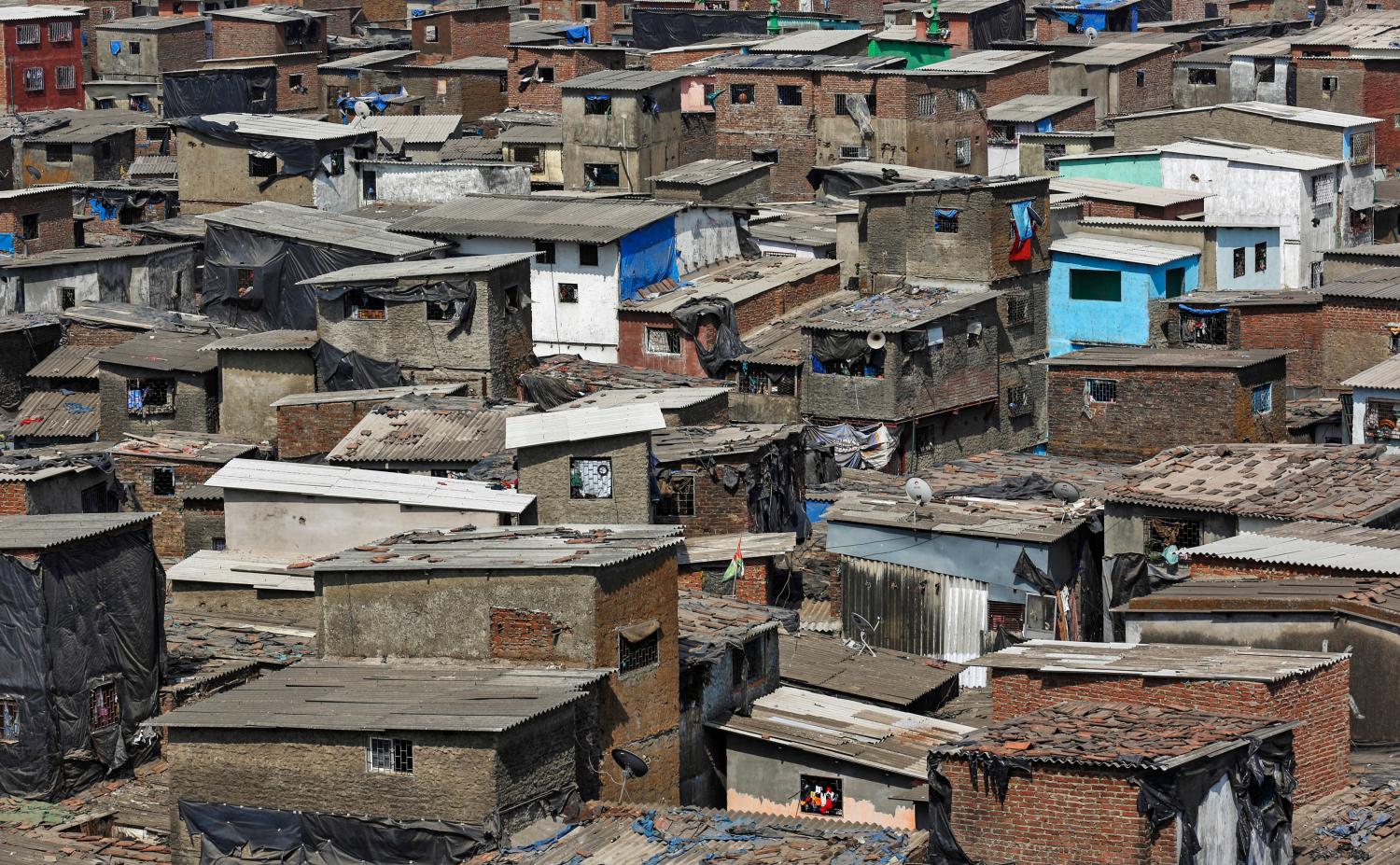Introduction
Foreign aid has played a major role in Ethiopia’s development effort since the end of World War II. It has been instrumental in bridging the country’s savings-investment and foreign exchange gaps. Its importance as a source of financing for the development of capacity building (human capital, administrative capacity, institutional building, and policy reforms) is also unquestionable. Thus, increasing efforts were made to mobilize foreign aid in the last two regimes. Following the change in political regime in 1991 and the adoption of the structural adjustment program in 1992/93 in particular, the country has enjoyed a significant amount of aid. A large and growing inflow of concessionary loans and grants has occurred since 2001, following the issuance of the first poverty reduction strategy paper (known as the Sustainable Development Poverty Reduction Program) from 14 multilateral sources—mainly IDA, EC, the Global Fund, and the African Development Fund and more than 30 bilateral sources—mainly the USA, UK, Italy, Canada, Germany, Ireland, Japan, Netherlands, Norway, and Sweden.
Ethiopia has been one of the major recipients of international aid in recent times. According to OECD-DAC statistics, net ODA to Ethiopia amounted to US$1.94 billion in 2006, making it the 7th largest recipient among 169 aid receiving developing countries. In absolute terms, the amount of ODA has risen sharply from an average of $881 million per annum in the second half of the 1990s to over $1574 million per annum for the first half of the 2000s. Over the last seven years (2000-2006), ODA has averaged at $1683 million per year. The average contribution of bilateral donors to ODA over the eight year period was $322.4 million per year accounting for 31 percent of ODA. In the 1990s, some 49 percent of the total net ODA was in the form of multilateral aid. This was slightly reduced to 46 percent for 2000-2006, reflecting the increased importance of non-multilateral sources. Figure 1 presents the recent annual flows of foreign aid to Ethiopia.
As shown, the flow of net ODA actually declined from 1992 to 2000 and sharply increased in 2001 with a modest increase onwards. The main driving force for donors to resume their assistance was the issuance of the Sustainable Development Poverty Reduction Program in 2001/02. Of these significant net ODA flows, the contribution of the World Bank’s support through the soft windows of IDA was tremendous. In 2001 alone it was 38.7 percent of the total net ODA. Since 1993, the Bank has committed a total of $3.1 billion to Ethiopia. Ethiopia receives about $8.0 per capita from IDA. This makes Ethiopia the largest IDA borrower in Africa and the fifth largest in the world. In addition, the Bank has coordinated a consortium of donors to support the economic reform program.
It is also enlightening to examine the magnitude of ODA in relation to the local economy (Table 1). As can be seen from Table 1, the share of ODA increased from 1996 to 2002 and is on a declining trend since then. The growth of the economy since 2003 might have been the cause for such decline. In 2006, ODA flows account for about 48 percent of the gross national savings, 40 percent of gross domestic investments, 58.5 percent of overall government expenditure, and 10 percent of the GNI of the country. Although there was an increasing ODA inflow, the savings-investment gap was as high as 20 percent of GDP, leaving a huge gap to be bridged by non-ODA inflows.
The Brookings Institution is committed to quality, independence, and impact.
We are supported by a diverse array of funders. In line with our values and policies, each Brookings publication represents the sole views of its author(s).



